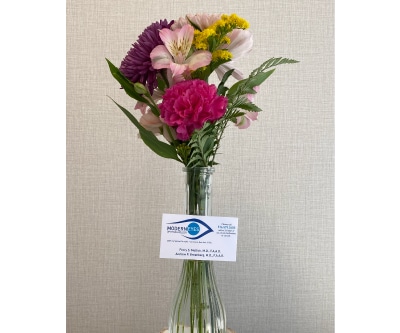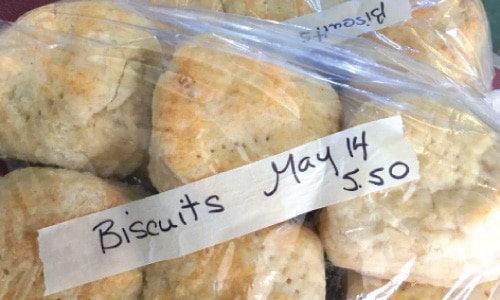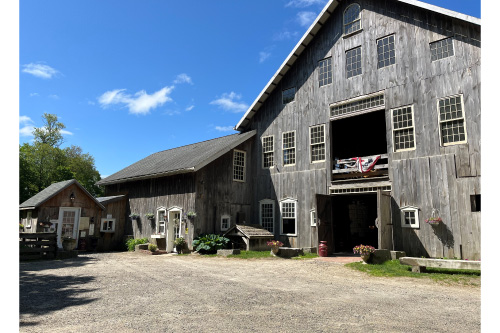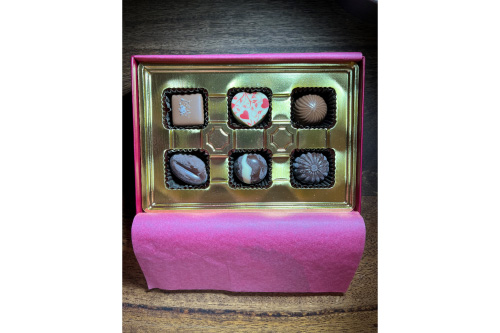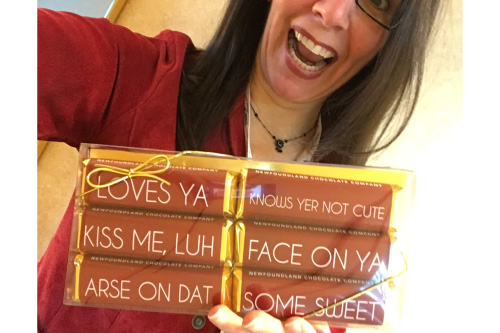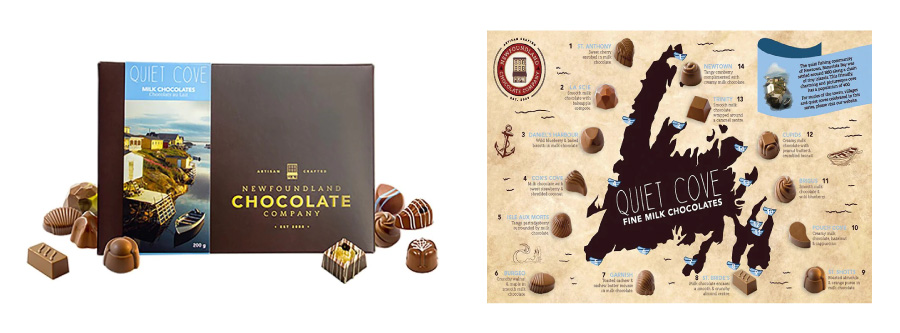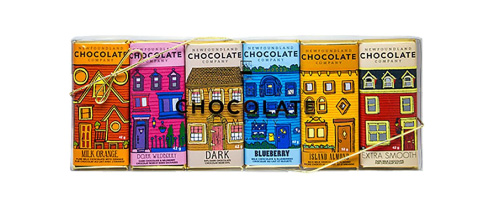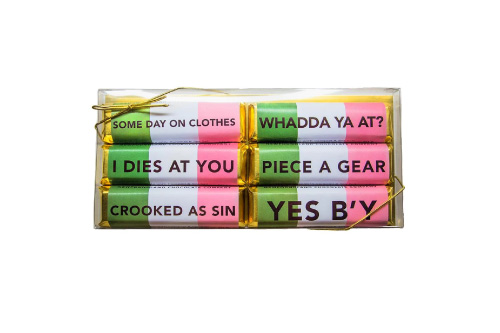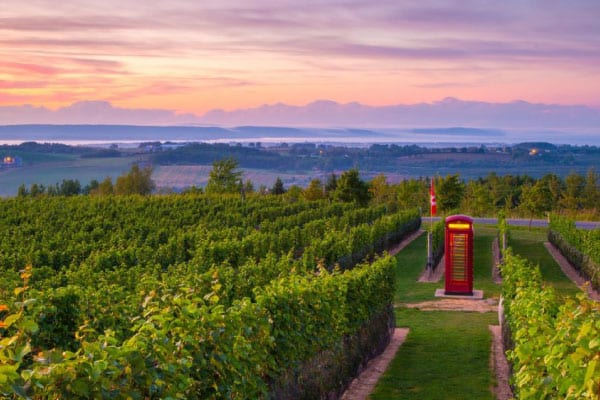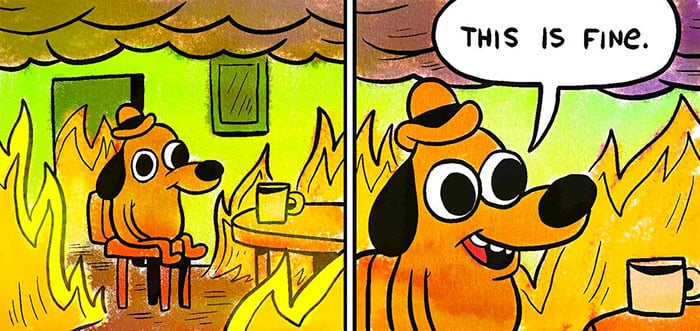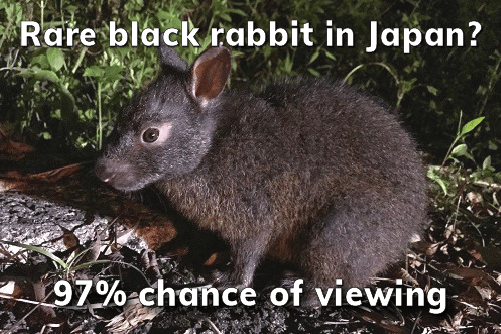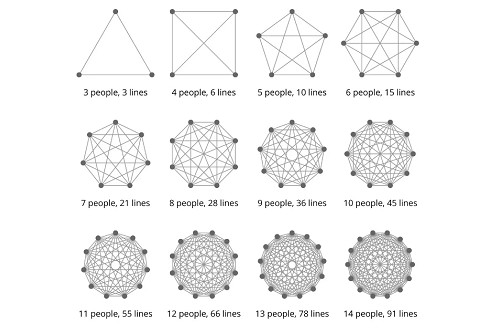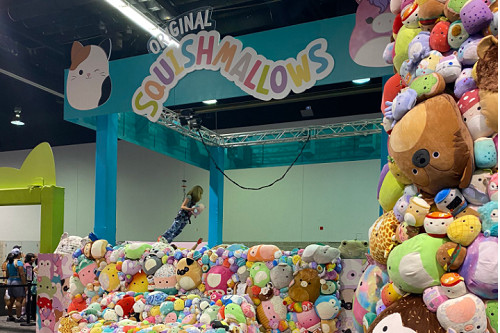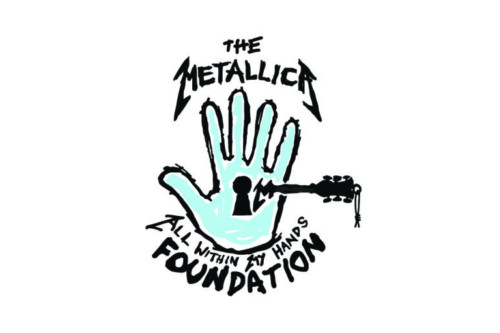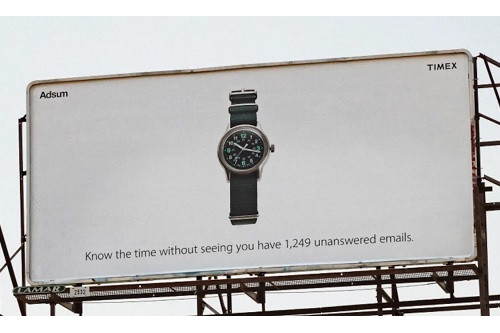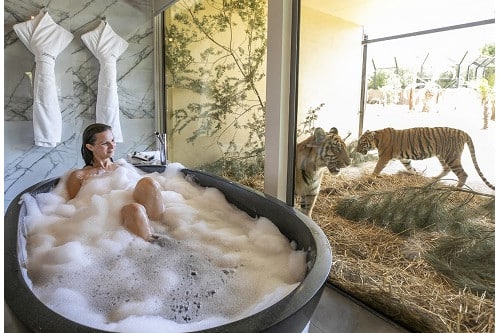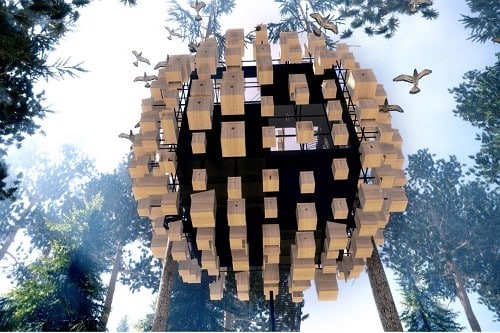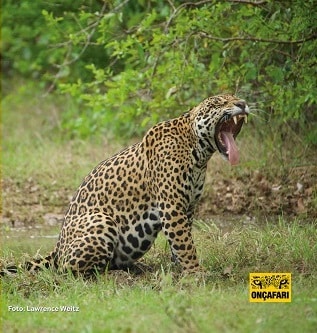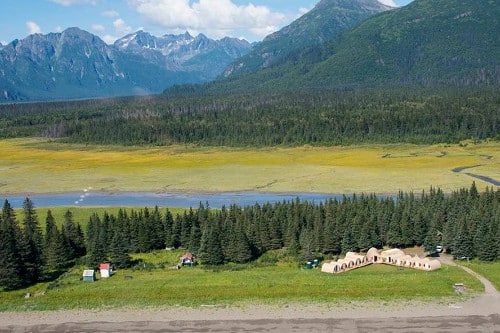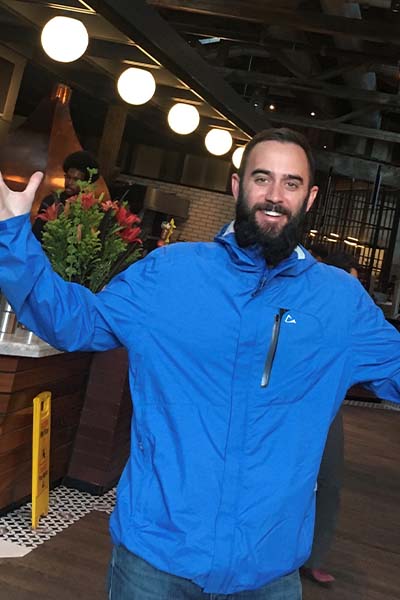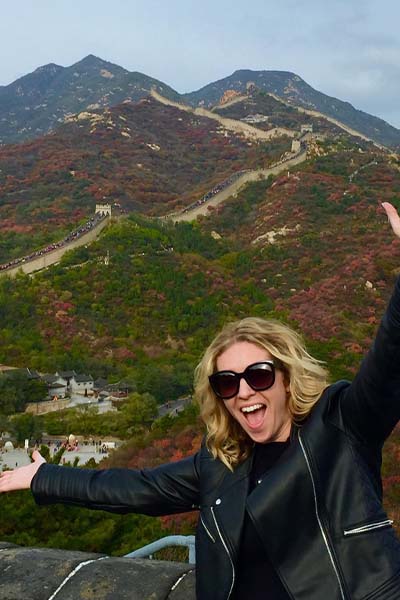Ambitious marketing programs that succeed are the envy of marketers everywhere. This is especially true for marketers that face relentless internal roadblocks when trying to shepherd clever ideas to the goal line.
The most common roadblock? Execution logistics. Trying to bring BIG, BOLD ideas to life can be crippling for many companies, despite their dreams of being perceived as cool and clever.
And yet, some organizations DO manage it. This is why, when we see ambitious marketing programs thriving out in the wild, passionate marketers everywhere stand up and cheer.
These four had me cheering recently.
BARTER FOR A PIZZA? YES, PLEASE.

At NYC’s Unregular Pizza, the food is delicious enough to have expanded to four locations in just a few years (ahem, see photo above and tell me you’re not drooling). But that’s not what earned them a spot on this list.
Nestled into Unregular’s DNA is a barter program. Folks can propose to barter something in exchange for a pizza through the restaurant’s website. Barter applications are reviewed regularly and selected entrants are invited in to make the swap. Recent barters have included cartoon illustrations, rosemary sourdough bread, a rare 1929 Standing Liberty Quarter, a handmade bracelet, and an Irish-themed t-shirt, just to name a few.
It’s an utterly brilliant program, yielding social media gold, community engagement, and standout marketing power. Even better, it’s authentic to their brand: Unregular got its start in the owner’s home kitchen during the Covid-19 pandemic. He bartered his pizza creations with friends and neighbors as a way to bring some joy to the lockdown period, and when it transitioned into a “real” business, he kept the barter concept intact. Unregular, indeed.
MANGO-SCENTED NEWSPAPER? DELICIOUS.
Mango season is a thing, and in India the scent of fresh mangos is synonymous with summer. So when Indian quick commerce delivery platform Swiggy Instamart (similar to Instacart or DoorDash in the US) wanted to grab attention for their services, they leveraged that positive association in a BIG way:
They created front page newspaper ads that actually smelled like mangos.
With just 16 words of copy – and two of those the brand name itself – they leveraged two powerful senses to tickle the human desire for instant gratification. The glorious, juicy, and vibrant close up of peeled mangos, the seductive scent of the fruit, and the prominent key selling proposition “delivered in 10 minutes” all combined to make the ad beautifully done.
Was it expensive and complicated to put a scented ad on the front page of the Times of India, one of that country’s largest newspapers? For sure. But the payoff was worth it. People who’d overlook “normal” ads would be bound to sniff this one just out of curiosity. And they’d also be likely to share it with others (“here, smell this!”) because of the novelty. Hands down, a sweet success.
ODD JOBS IN TASMANIA? SIGN US UP.
The marketers of Tourism Tasmania are historically bold and sassy in their campaigns…like, they actually brand their winter as “The Off Season,” which gets an extra cheer from me. So it’s not terribly surprising to find them on this list for one reason or another. And this time, it’s for their Odd Jobs Program.
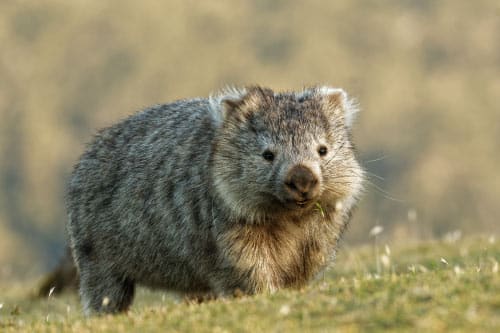
Yes, you can head to Tasmania to become a Wombat Walker and take this lil’ guy out for his daily fitness regimen. You can also become a Cave Conductor, Oyster Organizer, Paranormal Investigator, Puffer Nut, Sauna Stoker, Soaksmith, Star Seeker, Truffle Snuffler, or Wine Whisperer.
These 10 unusual experiences let people “swap their day job for an odd job,” which makes for enriching, memorable, and sometimes hilarious vacations. The campaign anchor was gathering submissions to award 10 lucky folks an all expenses paid trip to Tasmania to take part in their dream odd job, but the experiences are open to anyone who wants to make it part of their visit to the island, which gives the program marketing legs and staying power.
The landing page for the Odd Jobs campaign is just perfectly done – clean, clever, and provocative. And did anyone else notice that the collection of experiences just happens to highlight the diverse offerings of Tasmania…spa, culinary, wine, culture, landscape, nature, animals, agriculture, and more? <all the savvy marketers in the room raised their hands>
REWARD TOURISTS’ CLIMATE-FRIENDLY BEHAVIOR? SMART.
Copenhagen gets the brass ring here for ambitious marketing programs. 24 (so far) attractions in the city are participating in a trial tourism program called CopenPay. This program essentially gives tourists free stuff in exchange for helping clean up, protect, or maintain the city’s landscape, ecology, and/or environment.
Volunteer at an urban farm? Get a free lunch. Arrive by bike or public transportation to a restaurant? Get a free drink. Commit to collecting waste from the harbor? Get a free kayak rental. Bring some plastic waste to a museum? Turn it into a piece of art at a free workshop.
These and 20 other climate-friendly experiences are available to anyone, whether tourist or local.
The trial program of CopenPay is in full swing and runs for about a month, through August 11. This is super smart because they’ve built in a defined, expected pause to step back and evaluate what needs to be tweaked to make it logistically viable for the long term. And for a trial program, the landing page is really quite good. That bodes well for the success of the program, because if it proceeds to become an ongoing thing, I’m certain the marketing tools will only get better.
CopenPay is the kind of seemingly complex program that would normally die a painful death from execution logistics long before it got off the ground. But if you drill down to the actual elements themselves, it’s basically 24 attractions who’ve created offers that work for THEM within a general framework for a limited period of time…plus a landing page. The international media attention for this “little trial” has been stellar. And the best part? It could have been just as successful with only 10 experiences, and it will be equally fabulous when there are 50. It’s the concept—and the fact that they figured out how to bring it to life—that’s so magical.
All four of these ambitious marketing programs deserve our applause because they overcame what had to be a myriad of challenges to make it to the goal line. I wasn’t there for each concept’s ideation, but sweet lordy, I can hear the objections in my head…
What about insurance? Is that sanitary? Who’s going to read all the applications? It costs too much. Who’s going to manage it? What if we don’t get enough attractions to participate? How do we make sure all our partners who participate get equal ROI? Shouldn’t it be year round? Wouldn’t this be better as an app? We have no money to build an app. People will abuse this and take advantage. And on and on and on and on.
There is ALWAYS a way to bring a brilliant idea to life, no matter how complex it seems. Do it for a limited time, get a partner, start with one element and grow it over time, extend the runway, make it a contest…with the right attitude, there’s just always a way. Study the four examples here for inspo. There’s some serious cleverness to learn from within each program.
But for goodness sake, when you finally do shepherd an ambitious marketing program to the goal line, make sure you have damn good photos to promote it. Here are tips and more tips for that.
Related helpful advice:
The sweet spot between overthinking and under planning.
 get travel marketing tips
get travel marketing tips 

